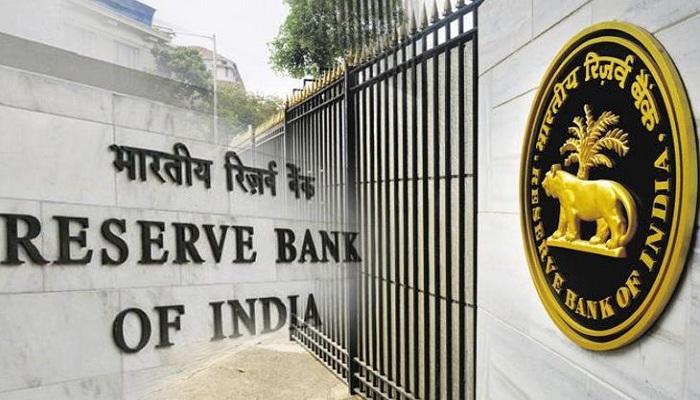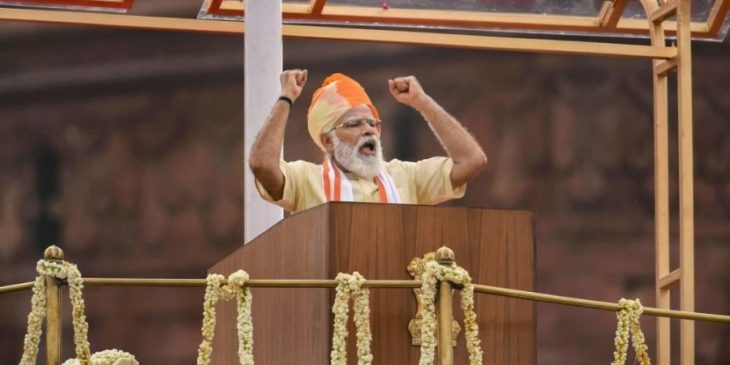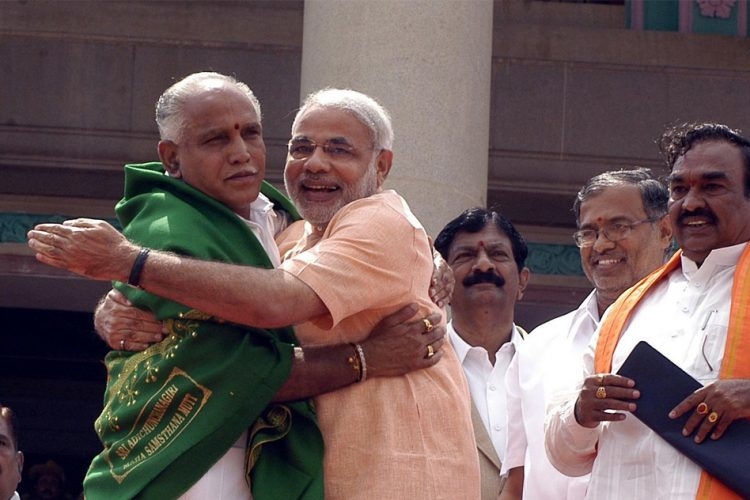According to the Reserve Bank of India’s (RBI’s) January 2023 Bulletin , the article said “With the merchandise trade deficit reaching an all-time high of $83.5 billion in a quarter, and a rise in net outgo from the income account, the current account deficit increased to 4.4 per cent of GDP in Q2FY23,” the State of the Economy article in the Bulletin said.
“It is noteworthy, however, that the CAD for Q1 was revised down from 2.8 per cent to 2.2 per cent on account of downward adjustment in Customs data. Similar adjustments may impinge on the CAD for Q2FY23 as Customs data or imports are revised,” the RBI staff wrote.
In November 2022, the government’s chief economic advisor had said the CAD for the current fiscal year was expected at around 3-3.2 per cent of GDP, which is much higher than 1.2 per cent in the previous year.
The State of the Economy article counts RBI Deputy Governor Michael Patra as one of its authors. The views expressed in the article are those of the authors and do not represent those of the RBI.
At current prices and exchange rates, therefore, India will be a $3.7-trillion economy in 2023, maintaining its lead over the UK as the fifth-largest economy of the world.
According to the IMF’s calculations, India will move into fourth place in 2025 and into the third place in 2027 as a $-5.4 trillion economy,
RBI staff warned in an article that for emerging and developing economies, the largest risks in 2023 emanated from US monetary policy and the American currency.
The article said that while some countries have shown resilience in the face of sharply higher US interest rates, others are on the edge of crises due to difficulties in servicing external debt.

Commenting on the banking system, the article said that from May to December of 2022, the external benchmark based lending rate and the 1-year median marginal cost of funds-based lending rate (MCLR) increased by 225 bps and 107 bps, respectively. The RBI raised the repo rate by 225 bps in 2022.
However in contrast On the deposit side, the median term deposit rate (card rates) on fresh retail deposits increased only by 75 bps during May to December,” the article said.
Means 3 times lesser thrust on savings only been put forth .
India’s Consumer Price Index (CPI)-based inflation in December eased marginally to 5.7 per cent from 5.88 per cent a month ago, staying within the RBI’s tolerance range of 2-6 per cent.
Core inflation, which strips out the volatile components of food and fuel, has, however, remained around elevated around 6 per cent since May 2022 surpassing the RBI tolerance range
According to the Reserve Bank of India’s (RBI’s) January 2023 Bulletin.
“With the merchandise trade deficit reaching an all-time high of $83.5 billion in a quarter, and a rise in net outgo from the income account, the current account deficit increased to 4.4 per cent of GDP in Q2FY23,” the State of the Economy article in the Bulletin said.
“It is noteworthy, however, that the CAD for Q1 was revised down from 2.8 per cent to 2.2 per cent on account of downward adjustment in Customs data. Similar adjustments may impinge on the CAD for Q2FY23 as Customs data or imports are revised,” the RBI staff wrote.
In November 2022, the government’s chief economic advisor had said the CAD for the current fiscal year was expected at around 3-3.2 per cent of GDP, which is much higher than 1.2 per cent in the previous year.
The State of the Economy article counts RBI Deputy Governor Michael Patra as one of its authors. The views expressed in the article are those of the authors and do not represent those of the RBI.









